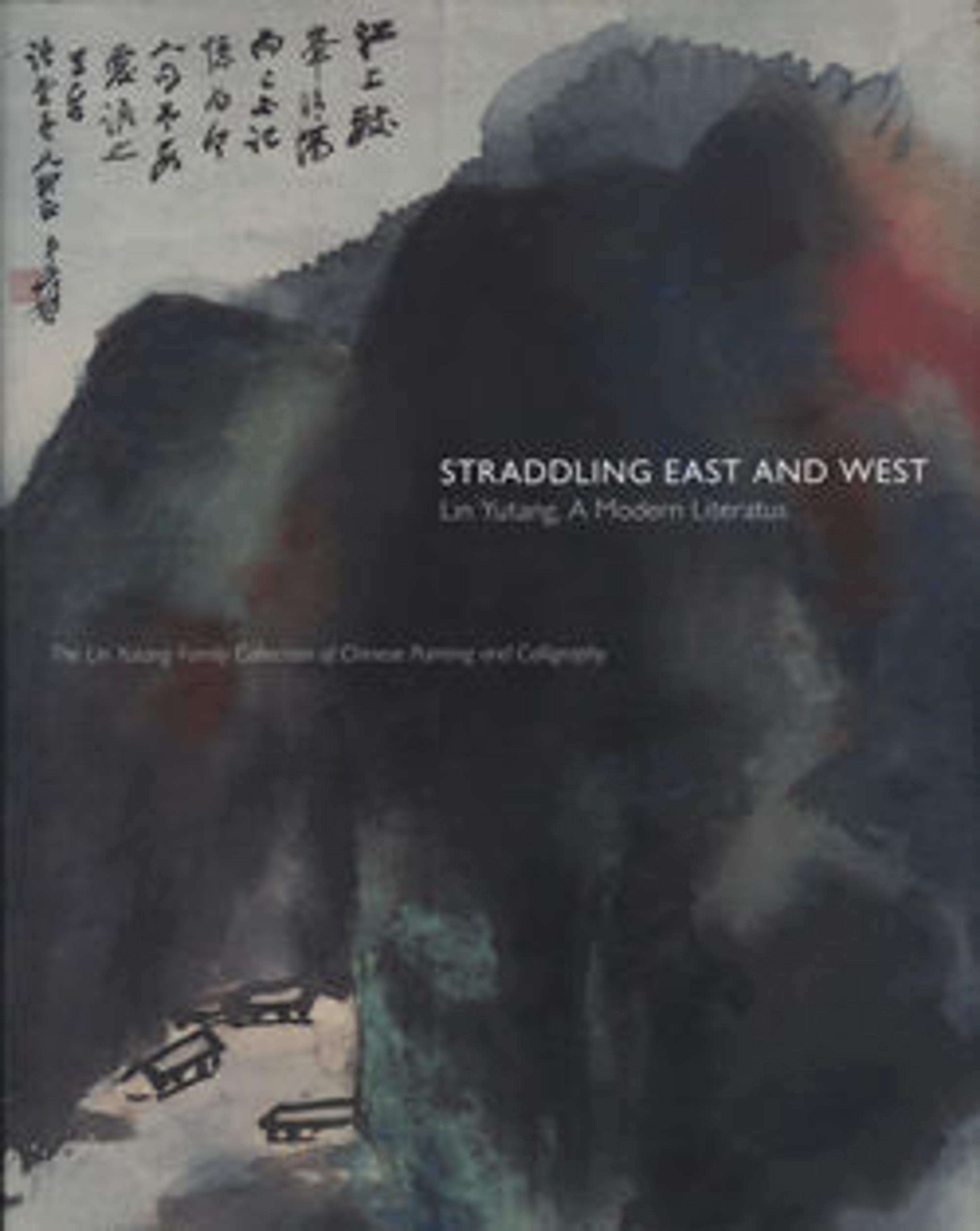Camellia and Butterflies
Guo Weiqu learned both Chinese and Western painting in his youth. Although his later work in Chinese media barely reveals any Western influences, his training in Western art was crucial in liberating him from the restraints of traditional art practice and contributed to his innovative approach of blending different genres and contrasting styles. Reaching artistic maturity in the late 1950s, Guo's upbeat eclecticism conveys the optimistic, progressive ethos of the New China under Communist leadership.
Guo considered composition the key to a successful work, and the most important compositional concern in flower-and-bird painting, in his opinion, was to build momentum. He shunned calligraphic brushstrokes in favor of series of short, rhythmic lines to shape forms.
Far from precise or concrete, the contours of his subjects tend to blur, evoking motion and change.
Like many artists of his generation, Guo Weiqu sought to serve the national cause through his art. Even after the persecution he suffered during the Cultural Revolution severely crippled his health, he remained true to Communist ideology. The frequent reference to the morning sun in his inscriptions, therefore, may carry a political meaning, since it was a common symbol of Communist China and Chairman Mao. The inscription reads:
The morning sun enters my window, rising among trees fresh and moist.
(trans. by Shi-yee Liu)
Guo considered composition the key to a successful work, and the most important compositional concern in flower-and-bird painting, in his opinion, was to build momentum. He shunned calligraphic brushstrokes in favor of series of short, rhythmic lines to shape forms.
Far from precise or concrete, the contours of his subjects tend to blur, evoking motion and change.
Like many artists of his generation, Guo Weiqu sought to serve the national cause through his art. Even after the persecution he suffered during the Cultural Revolution severely crippled his health, he remained true to Communist ideology. The frequent reference to the morning sun in his inscriptions, therefore, may carry a political meaning, since it was a common symbol of Communist China and Chairman Mao. The inscription reads:
The morning sun enters my window, rising among trees fresh and moist.
(trans. by Shi-yee Liu)
Artwork Details
- 現代 郭味蕖 山茶蛺蝶圖 軸
- Title:Camellia and Butterflies
- Artist:Guo Weiqu (Chinese, 1908–1971)
- Date:undated
- Culture:China
- Medium:Hanging scroll; ink and color on paper
- Dimensions:Image: 58 x 15 1/4 in. (147.3 x 38.7 cm)
Overall with knobs: 90 9/16 x 25 in. (230 x 63.5 cm) - Classification:Paintings
- Credit Line:The Lin Yutang Family Collection, Gift of Richard M. Lai, Jill Lai Miller, and Larry C. Lai, in memory of Taiyi Lin Lai, 2005
- Object Number:2005.509.34
- Curatorial Department: Asian Art
More Artwork
Research Resources
The Met provides unparalleled resources for research and welcomes an international community of students and scholars. The Met's Open Access API is where creators and researchers can connect to the The Met collection. Open Access data and public domain images are available for unrestricted commercial and noncommercial use without permission or fee.
To request images under copyright and other restrictions, please use this Image Request form.
Feedback
We continue to research and examine historical and cultural context for objects in The Met collection. If you have comments or questions about this object record, please contact us using the form below. The Museum looks forward to receiving your comments.
